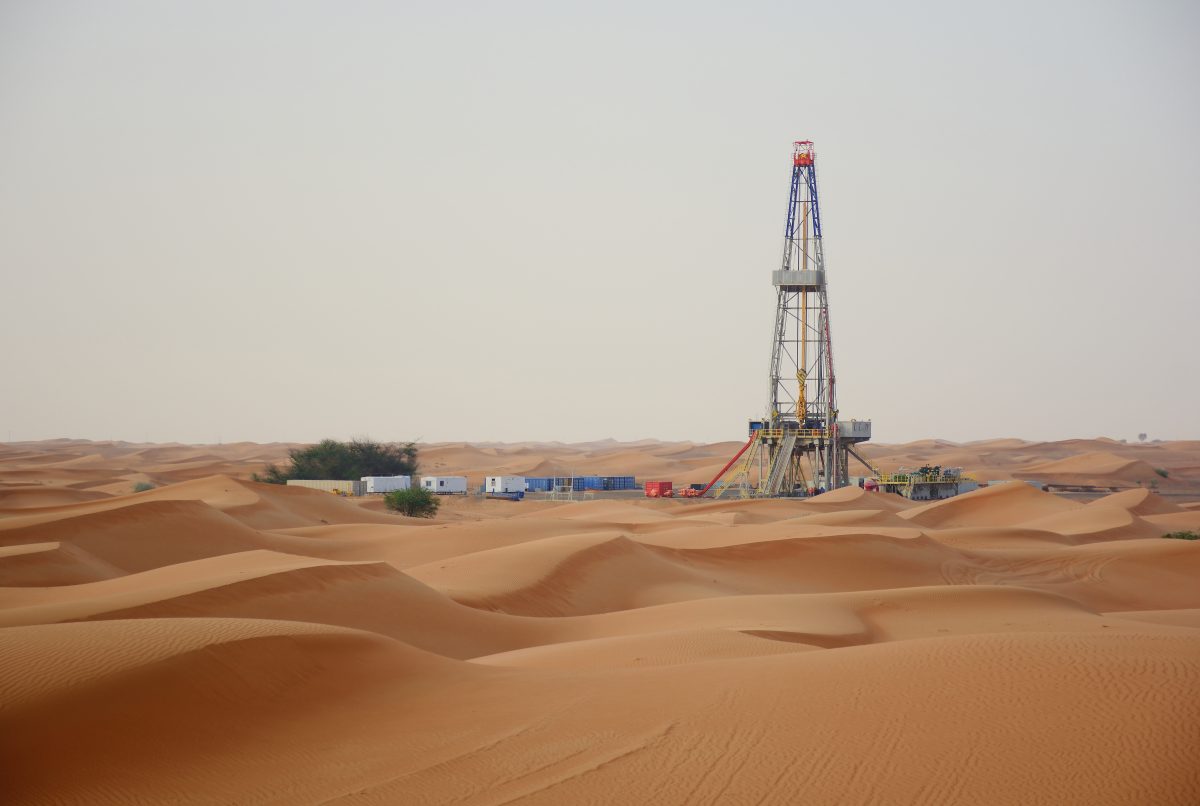The Russia-Ukraine war has thrown the energy trilemma into sharp focus. In 2022, oil and gas companies strived to find a balance between energy security, affordability and sustainability.
While the immediate call on the industry is for more of all three, yet the longer-term desire remains for an accelerated shift away from hydrocarbons.
“It’s the same, somewhat contradictory, challenge that oil and gas companies have wrestled with for the past five years. The crisis of 2022 has generated new opportunities but also amplified the challenge and exacerbated the associated risks,” notes WoodMackenzie in its latest outlook.
However, for NOCs, the scenario is slightly different. For the large oil producers, the signal for 2023 is clear: invest in delivering new oil, gas and LNG supply. Although national decarbonisation obligations and net-zero goals will get more attention but will still play second fiddle to security-of-supply concerns.
This basically means that while NOCs are making strides toward the diversification and decarbonisation of their operations, the transition for these companies is expected to transpire at a much slower pace.
S&P notes that the big decarbonisation question for NOCs is driven by the source of pressure to change. Will the markets force them to pivot toward transforming into a national energy company? Or will they ramp up oil output? At this stage of the energy transition race, most NOCs have begun responding to emerging pressures but very few are driving activity at scale that will help diversify, decarbonise, and transform them into national energy companies.
Ramp up investment
Oil exporters will continue to ramp up investments in new production capacity. Saudi Aramco, for instance, announced a 50% increase in spend last year and will keep those levels as it grows its oil capacity to 13 MMbl/d by 2027.
“Our capital [expenditure] will increase until 2025. So, there will be an increase year-on-year to meet our growth not only in oil, gas [but also] hydrogen,” Aramco CEO Amin Nasser said in a statement.
In a similar push to ramp up investments, ADNOC announced recently that it will bring forward its 5 MMbbl/d oil target from 2030 to 2027 backed by a $150 billion five-year budget.
“ADNOC produces some of the world’s least carbon-intensive oil and this new target will provide the company with greater flexibility to meet rising global energy demand,” the company said in a statement.
Brazil’s state-owned Petrobras has also announced plans to raise spend by over 30% year-on-year to deliver 500 to 600 kb/d in incremental FPSO capacity.
More gas production
NOCs are also expected to play a crucial role in expanding gas supply. QatarEnergy will continue its major LNG expansionary phase.
Qatar, which is heavily courted for its gas supplies as European nations turn away from Russia, is building six new liquefaction trains to boost the country’s LNG export capacity by 48 million b/d to hit 126 million mt/year by 2026, under a plan first unveiled in 2017. Also, the soaring demand for Qatari LNG, has lead to a whopping rise in state revenues and cemented QatarEnergy’s position as one of the most important resource companies in the world.
Algeria’s Sonatrach and Nigeria’s NNPC are also inking deals with Europe and its neighbouring countries like Morocco to fill in for Russian gas.

While exporters will focus on investments to ramp up production capacity, importers will emphasise on domestic investments. Big import bills and security concerns will incentivise domestic spend for those with oil and gas resources. Homegrown shale gas will move up in PetroChina and Sinopec’s capital allocation pecking order. Some players like Malayisa’s Petronas and India’s ONGC will lean more toward exploration to boost domestic gas resources.
ONGC has unveiled a three-year plan to execute multiple projects worth at least $7.3 billion and involving key developments offshore the west and east coasts. The state-owned company also plans on launching several sizeable offshore engineering, procurement and construction projects until 2025, involving a mix of brownfield and greenfield projects.
International cooperation
The energy trilemma could drive new alliances or strengthen old relationships. The Chinese NOCs may be more active in the Middle East and Latin America to reduce their reliance on Russia. During Chinese President Xi Jinping’s recent visit to Saudi Arabia, dozens of agreements were signed between Chinese and Saudi companies, demonstrating deepening trade ties between the two countries.
One agreement was signed between Saudi Aramco and China’s Shandong Energy, which includes a potential crude supply agreement and chemicals products offtake deal, as well as exploring collaboration on integrated refining and petrochemicals in China.
New NOC energy transition business models will start to crystallise in 2023, in much the same way they did for the Euro Majors in the late 2010s, and for the US Majors in 2021.
NOCs will also dip their toes into renewables because of which majors and IOCs that can support technology and commercial frameworks will have opportunities to forge new partnerships or renew the existing ones.
WoodMackenzie expects a flurry of announcements, from launching new energy growth strategies to target setting and project reveals. For oil-focused NOCs, these two oil-and-gas-adjacent themes can defend the core business while growing new, lower-carbon revenue streams.

